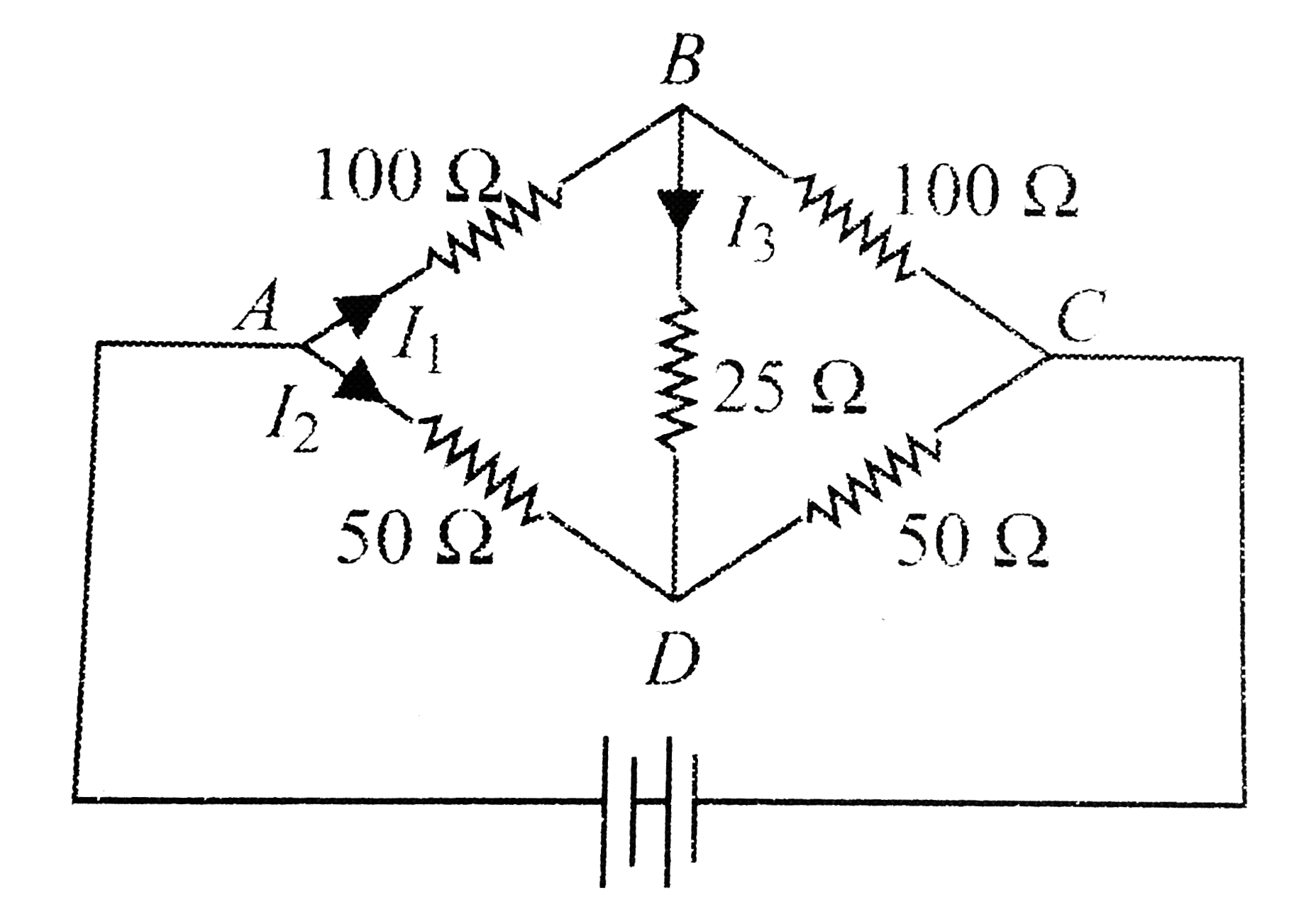The size of species I,I+ and Iɵ decrease in the order.
I⊕>Iɵ>I
Iɵ>I>I⊕
Iɵ>I⊕>I
I>I⊕>Iɵ
The correct Answer is:B
To determine the order of size for the species I, I^+, and I^-, we need to analyze the number of electrons and the effective nuclear charge acting on those electrons for each species. Here's a step-by-step breakdown:
Step 1: Identify the species
- We have three species to compare:
- I (neutral iodine)
- I^+ (iodine cation)
- I^- (iodine anion)
Step 2: Determine the number of electrons in each species
- I (neutral iodine): The atomic number of iodine is 53, which means it has 53 protons and 53 electrons.
- I^+ (iodine cation): This species has lost one electron, so it has 52 electrons.
- I^- (iodine anion): This species has gained one electron, so it has 54 electrons.
Step 3: Analyze the effective nuclear charge
- The effective nuclear charge is the net positive charge experienced by electrons in an atom. It is influenced by the number of protons and the number of electrons.
- For I (neutral), there are 53 protons acting on 53 electrons.
- For I^+, there are 53 protons acting on 52 electrons. The removal of an electron means that the remaining electrons experience a stronger pull from the nucleus, leading to a smaller size.
- For I^-, there are 53 protons acting on 54 electrons. The addition of an electron means that the electrons experience a weaker pull from the nucleus, leading to a larger size.
Step 4: Compare the sizes
- I^- has the largest size because it has the most electrons (54) and the same number of protons (53), resulting in a weaker effective nuclear charge.
- I is next in size because it has an equal number of protons and electrons (53), leading to a balanced effective nuclear charge.
- I^+ is the smallest because it has fewer electrons (52) than protons (53), resulting in a stronger effective nuclear charge and a smaller size.
Conclusion
The order of size for the species is:
I−>I>I+
- We have three species to compare:
- I (neutral iodine)
- I^+ (iodine cation)
- I^- (iodine anion)
- I (neutral iodine): The atomic number of iodine is 53, which means it has 53 protons and 53 electrons.
- I^+ (iodine cation): This species has lost one electron, so it has 52 electrons.
- I^- (iodine anion): This species has gained one electron, so it has 54 electrons.
- The effective nuclear charge is the net positive charge experienced by electrons in an atom. It is influenced by the number of protons and the number of electrons.
- For I (neutral), there are 53 protons acting on 53 electrons.
- For I^+, there are 53 protons acting on 52 electrons. The removal of an electron means that the remaining electrons experience a stronger pull from the nucleus, leading to a smaller size.
- For I^-, there are 53 protons acting on 54 electrons. The addition of an electron means that the electrons experience a weaker pull from the nucleus, leading to a larger size.
- I^- has the largest size because it has the most electrons (54) and the same number of protons (53), resulting in a weaker effective nuclear charge.
- I is next in size because it has an equal number of protons and electrons (53), leading to a balanced effective nuclear charge.
- I^+ is the smallest because it has fewer electrons (52) than protons (53), resulting in a stronger effective nuclear charge and a smaller size.
The order of size for the species is:
I−>I>I+
Topper's Solved these Questions
- PERIODIC CLASSIFICATION OF ELEMENTS AND GENERAL INORGANIC CHEMISTRYBOOK - CENGAGE CHEMISTRY ENGLISHCHAPTER - PERIODIC CLASSIFICATION OF ELEMENTS AND GENERAL INORGANIC CHEMISTRYEXERCISE - Exercises (Single Correct) Ionisation Energy (Ie)
31 Videos
- PERIODIC CLASSIFICATION OF ELEMENTS AND GENERAL INORGANIC CHEMISTRYBOOK - CENGAGE CHEMISTRY ENGLISHCHAPTER - PERIODIC CLASSIFICATION OF ELEMENTS AND GENERAL INORGANIC CHEMISTRYEXERCISE - Exercises (Single Correct) Isoelectronic Species
4 Videos
- PERIODIC CLASSIFICATION OF ELEMENTS AND GENERAL INORGANIC CHEMISTRYBOOK - CENGAGE CHEMISTRY ENGLISHCHAPTER - PERIODIC CLASSIFICATION OF ELEMENTS AND GENERAL INORGANIC CHEMISTRYEXERCISE - Exercises (Singlecorrect) General Electronic Configuration And Periodicity
25 Videos
- P-BLOCK GROUP 14 - CARBON FAMILYBOOK - CENGAGE CHEMISTRY ENGLISHCHAPTER - P-BLOCK GROUP 14 - CARBON FAMILYEXERCISE - Exercises Archives (Subjective)
9 Videos
- PURIFICATION OF ORGANIC COMPOUNDS AND QUALITATIVE AND QUANTITATIVE ANALYSISBOOK - CENGAGE CHEMISTRY ENGLISHCHAPTER - PURIFICATION OF ORGANIC COMPOUNDS AND QUALITATIVE AND QUANTITATIVE ANALYSISEXERCISE - Assertion Reasoning Type
5 Videos
Similar Questions
The size of the species Cl,Cl− and Cl+ decreases as
View SolutionThe size of the species, Pb,Pb2+,Pb4+ decreases as -
View SolutionThe reducing power of divalent species decreases in the order
View SolutionThe size of the following species increases in the order
View SolutionThe size of the following species increases in the order
View SolutionShows a Wheatstone bridge circuit. Which of the following correctly showsk the currents I1,I2andI3 in the decreasing order of magnitude?

View SolutionThe size of ionic species is correctly given in the order
View SolutionThe size of isoelectronic species Fɵ, Ne, and Na⊕ is affected by
View SolutionThe size of isoelectronic species Fɵ, Ne, and Na⊕ is affected by
View Solution(I) Arrange the compounds (a0 in the order of decreasing boilling points and (b) in the order of decreasing solubility in water
(A) (1) Ethanol (2) Propane, (3) Pentanol
View Solution
